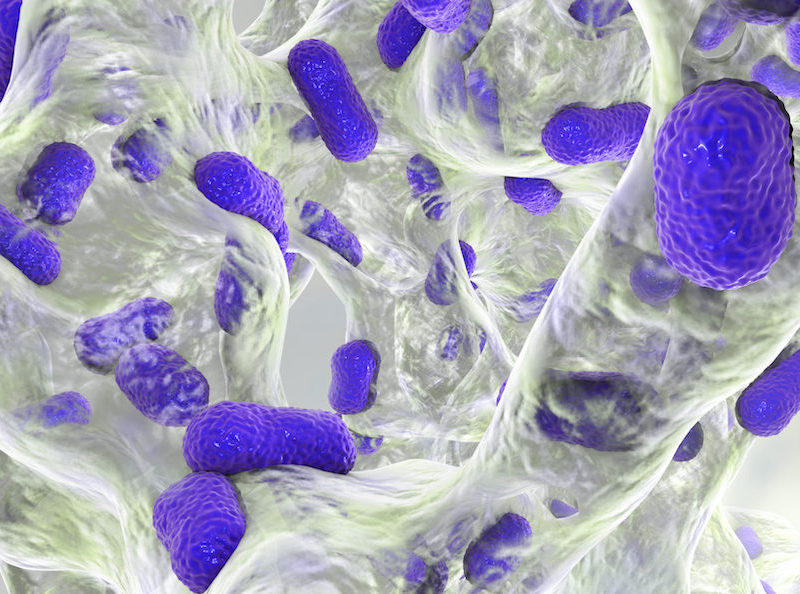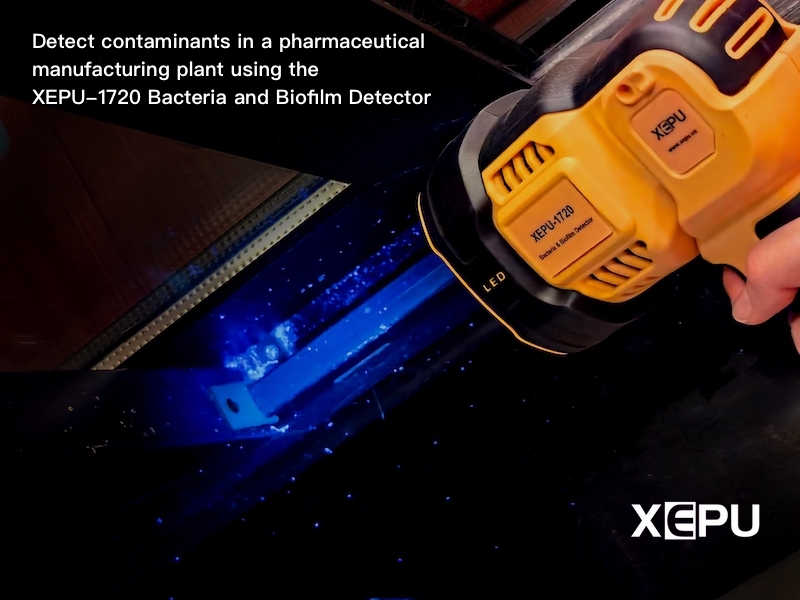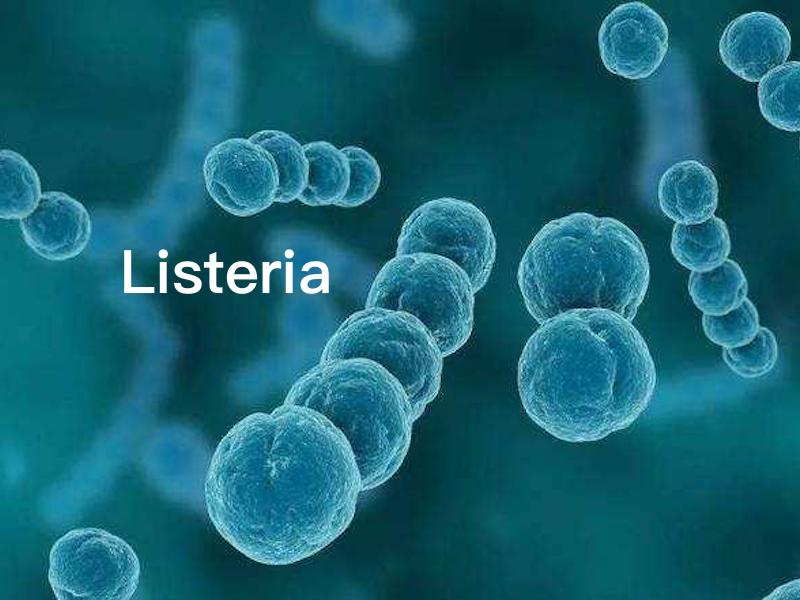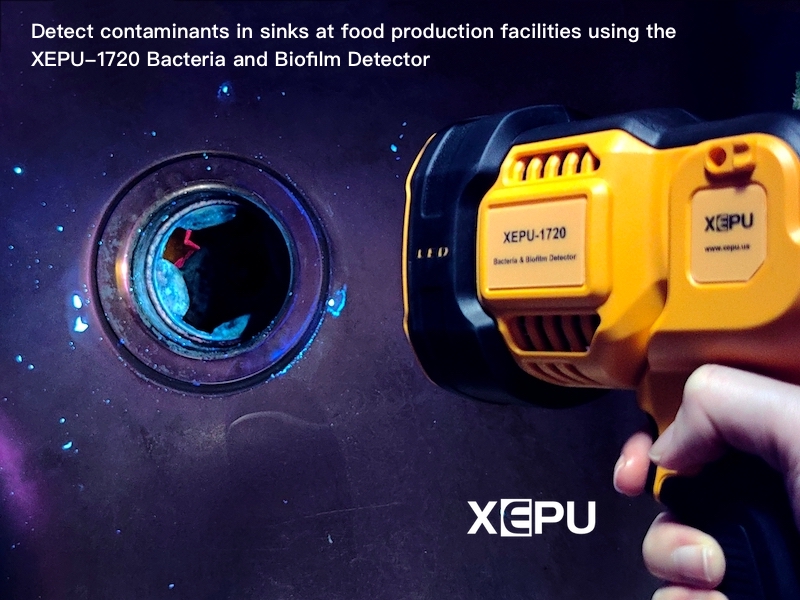Differences Between UV Transilluminators and Blue Light Transilluminators
Transilluminators are commonly used equipment in molecular biology, molecular genetics, medical research, agriculture, and other scientific studies. Transilluminators are mainly used for gel viewing and gel cutting in gel electrophoresis. There are two types of transilluminators: blue light transilluminators (also called dual LED blue/white transilluminators) and UV transilluminators. What are differences between them? Which transilluminator should you choose? In this article, we will introduce and compare these two types of transilluminators in detail.
UV Transilluminator
In nucleic acid (DNA/RNA) gel electrophoresis, staining is necessary for visualization because DNA is invisible to the naked eye. In nucleic acid (DNA/RNA) gel electrophoresis, ethidium bromide (EB) is added for DNA staining when preparing agarose gel. Ethidium bromide is an aromatic compound that can intercalate between adjacent bases in DNA. When exposed to ultraviolet light, the dyed DNA will emit orange fluorescence, allowing the research to identify and observe the location of the DNA fragments.
In conventional gel electrophoresis experiments, ethidium bromide is used as a nucleic acid molecule dye. According to the spectral characteristics of EB, ultraviolet light should be used to excite fluorescence. Therefore, we recommend UV transilluminator XEPU-1126 if you use ethidium bromide (EB).
Figure below: dual wavelength UV transilluminator XEPU-1126ML

Blue Light Transilluminator
One drawback of EB is that EB is a highly carcinogenic molecule, and ultraviolet light can also be dangerous if protective measures are not taken during equipment. Therefore, more researchers start to use new non-toxic dyes for DNA staining, such as SYBR Green, SYBR Gold, etc. This type of dye needs blue light as the excitation light, so a blue light transilluminator is required for fluorescence anslysis.
Figure below: blue light transilluminator XEPU-1126B

Similarities between UV transilluminators and blue light transilluminators
● Both UV transilluminators and blue light transilluminators are common lab equipment used for gel viewing and gel cutting in nucleic acid (DNA/RNA) gel electrophoresis.
● Both UV transilluminators and blue light transilluminators act a light source that can excite samples to emit fluorescence.
Differences between UV transilluminators and blue light transilluminators
● UV transilluminators and blue light transilluminators offer light of different wavelengths. UV transilluminators provide UV illumination, ranging from 254nm to 365nm, while blue light transilluminators provide blue light illumination of 450nm.
● UV transilluminators and blue light transilluminators are applicable for different fluorescent dyes. UV transilluminators can be used with ethidium bromide (EB) while blue light transilluminators are used for other non-toxic dyes such as SYPRO Organge.
● UV transilluminators emit UV light which is harmful to unprotected eyes and skin, so protective measures are necessary for user safety. Blue light is not as harmful as UV light.
Learn more about transilluminators: XEPU transilluminators




